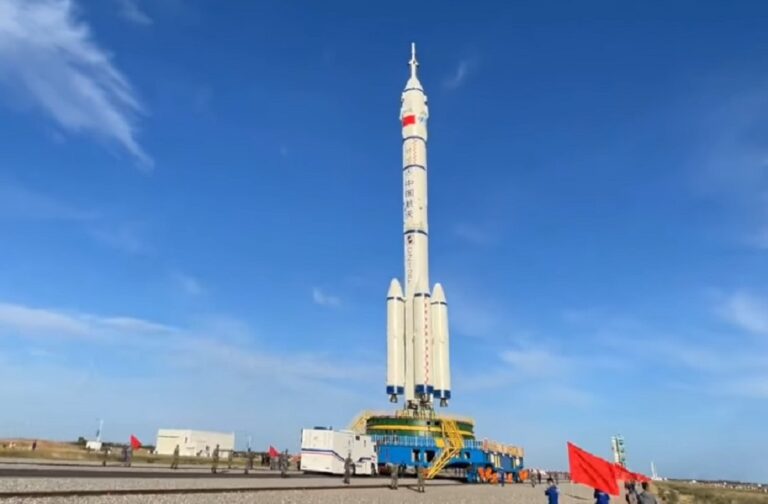China: China has launched a spacecraft to take three new astronauts, including the country’s first civilian, to its space station. The Shenzhou-16 spacecraft lifted off from the Jiuquan launch centre on the edge of the Gobi Desert in northwestern China on a Long March 2F rocket.
“The launch was a complete success, and the astronauts are in good condition,” Mr. Zou Lipeng, the centre’s director, commented.
The crew will overlap briefly with the three astronauts currently on board the Tiangong station, who will then return to Earth after completing their six-month mission. Dozens of employees from the space program, many of whom live at the complex, turned out for the launch, snapping selfies with the rocket in the background and waving Chinese flags.
Leading the crew is Commander Jing Haipeng, who is on his fourth mission. Also on board are engineer Mr. Zhu Yangzhu and Beihang University professor Mr. Gui Haichao, the first Chinese civilian in space.

The crew will stay aboard the Tiangong for around five months, during which they will conduct scientific experiments, including in “high-precision space time-frequency systems”, general relativity, and the origin of life, according to the China Manned Space Agency (CMSA).
China built the space station after it was excluded from the International Space Station in 2011, largely due to concerns from the United States over the Chinese space program’s ties with the People’s Liberation Army.
The CMSA reiterated that it is actively seeking international cooperation on the Tiangong project.
According to the CMSA, China plans to send two crewed space missions to Tiangong every year. The next will be Shenzhou-17, with an expected launch in October 2023.



